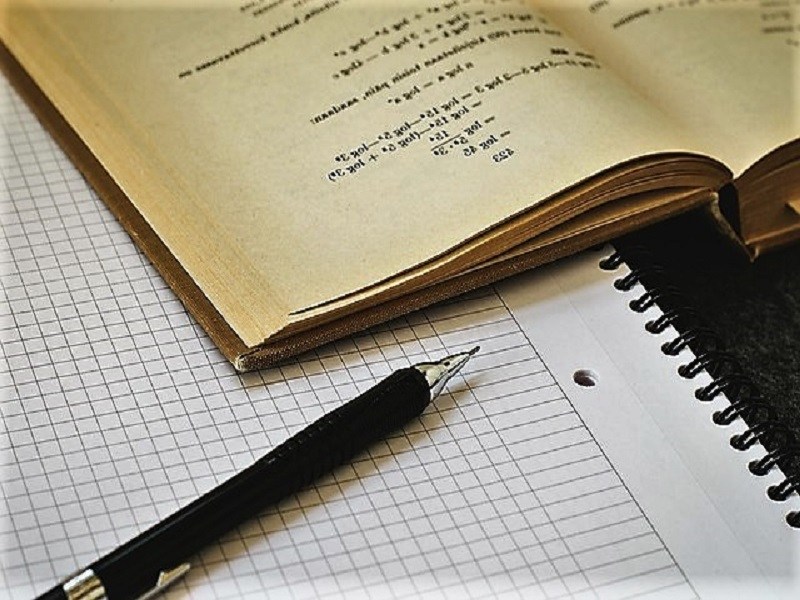
Steps to Solving a Word Problem in Math
#education #math #solvingmath Some schools start providing mathematical word problems to students as early as first grade, when they begin learning to read and write proficiently. Word problems pose an interesting challenge, as they can require several steps in order to truly understand what the question is asking. Instead of the typical mathematical symbols used to express a question (like 6-x=2), word problems use both words and numbers to ask a question, which can be confusing for students used to straight-forward math questions. Here are some simple steps for help with math homework and solving these potentially unclear mathematical word problems:
1. Find out what the question is askingIt can sometimes be difficult for students to decipher the question that a long word problem is actually asking. The word problem may use other mathematical jargon to trick the student into thinking the problem is asking for another type of answer. For this reason, it is important to read all the steps of the word problem carefully. For example, a word problem may ask something along the lines of, "The blue cylinder, with an unknown radius, has a circumference of 36 and a volume of 422. What is the diameter?" Your first instinct may be to find the radius and stop there, since that is the first unidentified integer mentioned. Of course, this word problem is actually asking for the diameter, or twice the radius. If it helps you, practice underlining the actual question that the word problem is posing; in this case, "What is the diameter?" This strategy can help you answer the correct question, especially if you are strapped for time on an exam and have utilized several minutes doing calculations.
2. List relevant equations
After reading the word problem, list any relevant equations that will help you solve it. You may have been asked to memorize these equations for the test, or they may be listed at the top of the testing booklet. By writing out the equation next to the problem, you can then plug in the actual integers from the word problem below your written equation to help you transform the word problem into a math equation. Writing out the equation can also help you identify what the equation is actually asking for, as you will most likely be able to fill in all of the variables except the one you are seeking.
3. Draw a diagram
Some of us, more than others, are visual thinkers. Especially with geometry and calculus, drawing a shape or graph can greatly aid in being able to solve a mathematical word problem. Sometimes on tests like the SAT or ACT, diagrams may already be drawn for you. But on other tests, you may be expected to draw them yourself. If need be, ask your teacher for a piece of scrap paper that you can use during the exam, which you can also turn in with your completed test. By giving yourself room to spread out and draw a proper diagram, you can transform the word problem from a bunch of letters into a physical resemblance of the math problem you are trying to solve.
4. Double-check your work
We all make mistakes. The worst type of mistake to make on an exam is when you have all of the correct work, but you circle the wrong number as your answer. Make it a habit to double-check your work. Leave at least 5-10 minutes of exam time to go back and check your responses. If possible, re-read the word problem and then take yourself through your underlined question, your written relevant equations, and the diagram you drew representing the problem. All of those aids can make it easier for you to both solve the problem initially and then to check your work.
- Comments (0)
- Recommended
- Milestones

Here are your recommended items...
Here are your milestones...



